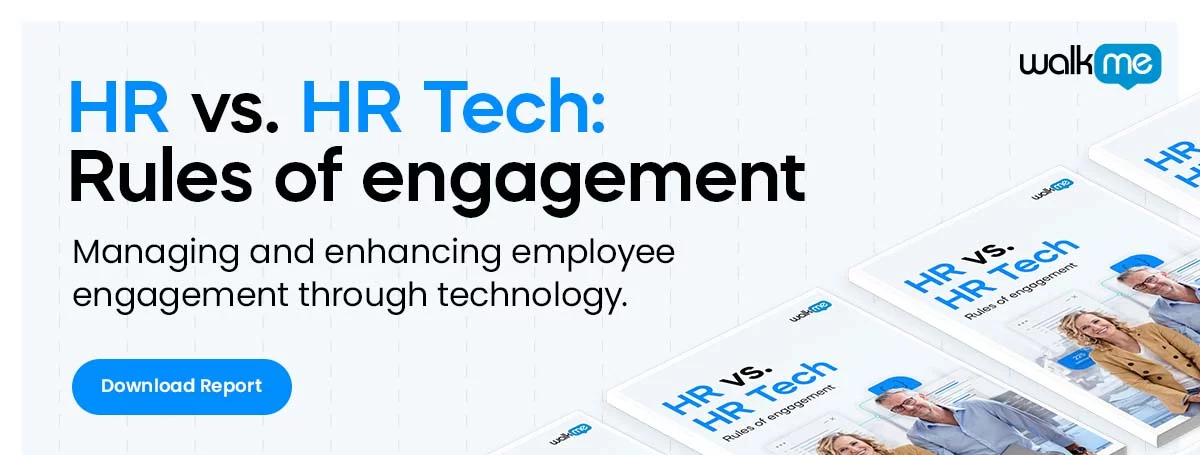
What are “people analytics” and how can they benefit your organization?
Data and analytics are nothing new –analytics are used across organizations in virtually every department, including HR.
In HR, data and analytics can be applied to every HR function, including:
- Payroll
- Time tracking and attendance
- Performance management
- Employee training
- Employee engagement and development
- Employee experience management
To understand how analytics can drive performance improvements in your business, let’s look at people analytics in the context of the employee lifecycle.
One useful employee journey map Gallup’s employee experience lifecycle:
- Attraction
- Recruitment
- Onboarding
- Training
- Engagement
- Development
- Departure
At each stage, data, analytics, and metrics can be used to respond to changes, enhance business processes, and ultimately improve performance.
Let’s see how.
Attraction
HR platforms such as applicant tracking systems and other recruitment software can use data-driven processes too target specific employees on job sites and social networks such as LinkedIn.
By understanding the proper keywords and language used for particular job roles, it is possible to attract the right candidates who are a better fit for your company. And some tools, such as automation platforms, can use data to automate a portion of this workflow.
This can result in employees who are a better fit for your organization, while also saving significant time and effort for your HR staff.
Recruitment
Using analytics during the recruitment process, your HR staff can help you hire faster and make more effective recruitment decisions.
Analytics can offer insights into hiring sources, job candidates, and, with the right integrations, this information can be combined with analytics from other stages in the employee lifecycle to offer deeper insights and improvements.
Understanding which sources are best for which jobs can improve your recruitment practice over time, helping you hire the best candidates while reducing costs.
Onboarding
Once an employee has been hired, they undergo the onboarding process.
Using analytics, you can gain insight into your existing processes, learn what works, understand what doesn’t, and make improvements.
To make the most of analytics in onboarding, identify the key onboarding activities and apply analytics appropriately.
For instance, by establishing key performance indicators and metrics for first-day job training, then tracking those over time, you can understand which areas need work and which are already working.
Also, by soliciting feedback from employees, you can incorporate their ideas and use that information to develop new processes.
Training
Employee training is an ongoing effort that begins on the first day of employment.
Analytics can be used to understand the impact of training programs on employee performance.
As with the other HR functions covered here, start by choosing goals to focus on, such as employee productivity, and then establishing metrics and KPIs to track your progress towards achieving those goals.
Monitor the types of training programs you use and their impact on the training program, and then make adjustments.
This can increase your productivity and performance over the long term.
Engagement
After an employee has become integrated into the organization, engagement becomes a central focus.
The more engaged employees are, the more productive they will be and the longer they will stay with the company.
To this end, it is important to track metrics such as employee satisfaction, employee retention, and factors that influence the employee’s performance.
These can include the software they use, negative feedback, as well as the HR initiatives you are using to improve engagement, which can include everything from workplace improvements to managerial training programs.
Develop
Employee development, career development, and skills development are all part of an employee’s continued growth within an organization.
When assisting employees with their upward career improvements, metrics can be used to track efforts such as leadership and development programs, career development efforts, mentorship programs, coaching programs, and so forth.
Metrics and KPIs for these types of analytics can revolve around employee productivity, employee retention, job satisfaction, internal promotions, and metrics related to your career development programs.
Departure
Many organizations payless attention to their offboarding processes than procedures related to other stages in the employee journey, such as onboarding, training, and development.
However, offboarding and departure processes can affect employees’ perception of the company, whether or not they would return to work for the organization, and employer branding.
Just as importantly, however, the use of analytics and survey data in the departure process can offer insights into other stages of the employee lifecycle.
For instance, asking employees why they left, what the organization can do to improve, and similar questions can all offer insights into ways the organization can improve the employee experience.
At the same time, you can also measure and revisit the employee departure process from time to time to see if there are ways to improve this process.
Key Takeaways
People analytics are an excellent way to improve the employee journey, the employee experience, and employee metrics.
As we have seen, data and analytics can be applied at every stage of the lifecycle, from attraction to departure, and every stage in between.This article, however, only shows one way HR professionals can use data and analytics. People analytics can also be applied within the HR department itself to improve workflows, process efficiency, and outcomes. For more information on this topic, check out this post on HR tech trends to watch in the 2020s.
WalkMe Team
WalkMe spearheaded the Digital Adoption Platform (DAP) for associations to use the maximum capacity of their advanced resources. Utilizing man-made consciousness, AI, and context-oriented direction, WalkMe adds a powerful UI layer to raise the computerized proficiency, everything being equal.



